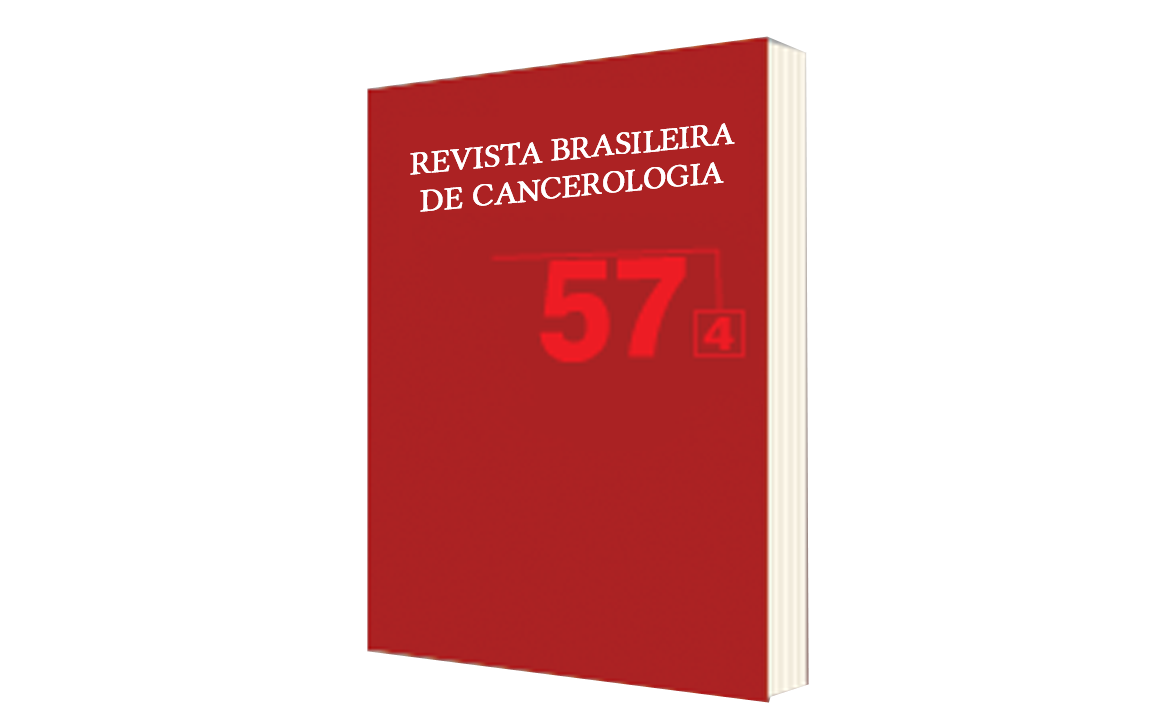Respiratory Muscle Strength and Thoracic Mobility in Children and Adolescents with Acute Leukemia and Healthy School Students
DOI:
https://doi.org/10.32635/2176-9745.RBC.2011v57n4.651Keywords:
Leukemia/drug therapy, Muscle Strength/physiology, Respiratory Muscles/physiopathology, Child, Adolescent, Comparative StudyAbstract
Introduction: Leukemias are pointed out as the most common child neoplasm and the treatment chosen for this disease is chemotherapy. Among others, chemotherapy causes, at the respiratory level, damage to the epithelial tissue, which may lead to pnemonitis or even lung fibrosis. Objective: To compare respiratory muscle strength and chest mobility between children and teenagers with acute leukemia under chemotherapy maintenance phase and healthy individuals. Method: The sample consisted of 48 participants divided into two groups (group A with 16 children and adolescents with acute leukemia and group B with 32 healthy school students). Chest cirtometry, manovacuometry and anthropometric evaluation of individuals were done. After the descriptive analysis, the Kolmogorov-Smirnov sample identified the variables with normal distribution. These data were analyzed by means of non-paired t’Student and the non-parametric data by the Mann-Whitney test. Significant level of p<0.05 was attributed. Results: There was a significant difference between Groups A and B in the maximal inspiratory pressures (p=0.01), axillary retraction (p=0.012), expansion (p=0.007) and xiphoid retraction (p=0.005) variables. Conclusion: The findings indicate that a deficit may occur in either chest mobility or respiratory muscle strength in children and adolescents during the maintenance phase of chemotherapy for acute leukemia. This may indicate the need to periodically monitor and evaluate the respiratory muscles of this population, which would allow early diagnosis and intervention on the evidence of damage to lung function.









